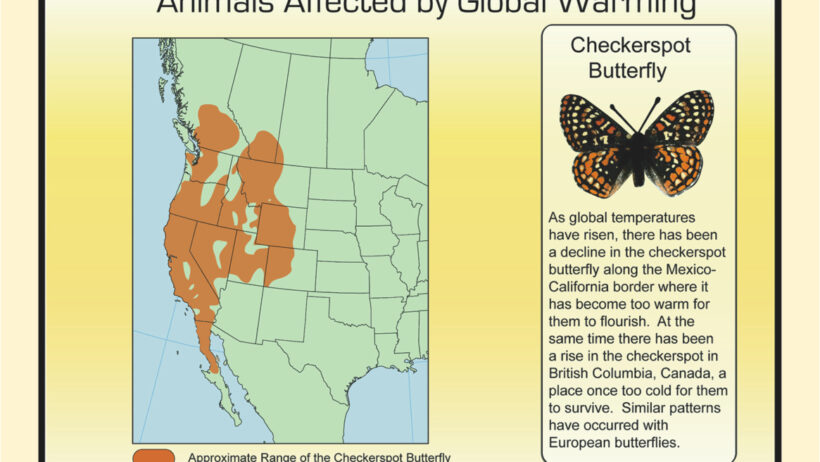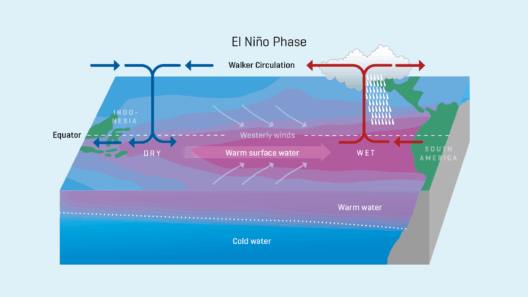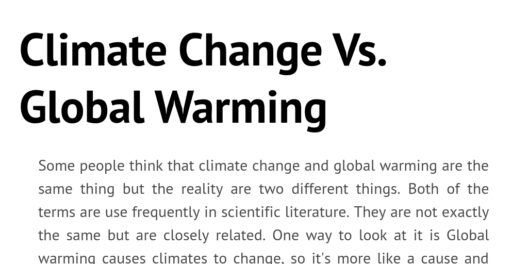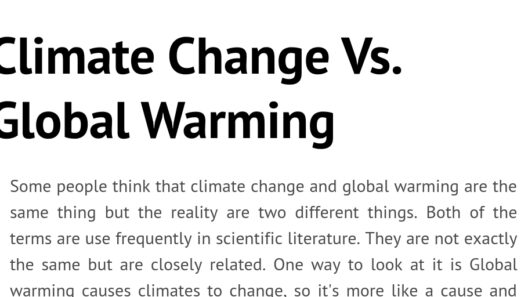Global warming, a pressing issue of our time, affects ecosystems worldwide, intertwining the lives of various species living within them. Among these are dolphins and dogs. One might wonder, how does climate change impact these animals that seem so distinct yet share vulnerabilities in the face of a changing environment? The reality is convoluted, often surprising, and presents a potential challenge for conservationists and pet owners alike. This article delves into the intricate relationship between global warming and the fate of both dolphins and dogs, illuminating the myriad of ways their lives are being transformed.
As temperatures continue to rise, the habitats of many marine and terrestrial species are under siege. Dolphins, for example, are highly sensitive to fluctuations in water temperature, which can influence their migratory patterns, breeding, and overall health. With the warming of ocean waters, certain dolphin populations may find their food sources dwindling, compelling them to venture further in search of sustenance. This search can lead to increased interactions with fishing vessels and coastal waters, where the risk of entanglement in nets and habitat degradation becomes pronounced.
Moreover, ocean acidification, a direct consequence of heightened CO2 levels, threatens the marine ecosystems that support dolphins’ prey. Coral reefs, essential breeding grounds and protective structures for various marine species, are severely impacted by warmer waters and acidified environments. As these habitats decline, so does the availability of fish and crustaceans that dolphins rely on, pushing them toward precarious situations.
Simultaneously, the plight of dogs—arguably among humanity’s closest companions—also illustrates the wide-reaching effects of global warming. Rising temperatures lead to more frequent and intense heatwaves. Just like humans, dogs can suffer from heat-related illnesses. Short-nosed breeds are particularly vulnerable due to their compromised airways. Being pets, dogs are often left outdoors, exposed to harsh environmental conditions without adequate respite. Such exposure can severely compromise their health and well-being. Is it fair to expect them to thrive amid such distressing circumstances?
Furthermore, extreme weather events, which are increasing in frequency due to climate change, pose a significant risk to both dolphins in the aquatic realm and dogs in domestic settings. Hurricanes, floods, wildfires, and other calamities can disrupt habitats and displace animals, creating chaos in an already fragile ecosystem. Dolphins may be stranded on beaches following real-world aquatic disasters, while dogs might find themselves separated from their families amidst evacuations. This intersection of climate-related disasters poses profound challenges for both animal welfare organizations and concerned pet owners.
The impact of global warming extends beyond immediate threats to health and safety; it also significantly influences reproductive patterns. For dolphins, gestation periods and mating behaviors may be altered due to shifting environmental factors. Changes in water temperature can affect the timing of breeding cycles, which in turn impacts population growth rates. An unstable environment can yield fewer calves, thereby reducing dolphin populations over time. For dogs, the stress of an unpredictable environment may influence their reproductive health, creating additional challenges for breeding programs and pet ownership.
As humans navigate their own struggles with climate change, it is vital to consider the implications for our four-legged friends and the marine mammals that share our planet. As we look for innovative solutions and technologies to combat climate issues, there is an opportunity to create more sustainable pet practices and fight for marine conservation. By engaging in responsible pet ownership and advocating for policies that protect marine life, individuals can make a tangible difference.
One solution may lie in promoting awareness of climate action that considers the welfare of animals. Educating pet owners about the risks associated with climate change and how to mitigate them can lead to more conscientious choices. For instance, providing shade, insulated shelters, and ample water for dogs during heatwaves can make a significant difference in their health. Additionally, advocating for sustainable breeding practices that prioritize genetic diversity and overall health can improve the resilience of canine populations.
For dolphins, supporting marine conservation efforts is crucial. This can involve advocating against pollution and unsustainable fishing practices, both of which contribute to habitat degradation. Participation in local clean-up initiatives can enhance coastal ecosystems, ultimately benefiting various marine species. By fostering awareness and taking action, communities can help safeguard the future of both dolphins and dogs amidst the challenges posed by global warming.
In conclusion, the interconnectedness of our environment means that the effects of global warming weave through the lives of many species, altering their habitats, health, and social structures. Dolphins and dogs represent two sides of the spectrum—the vibrant life of the ocean and the cherished companionship on land—both facing unprecedented challenges in a warming world. As stewards of this planet, it is our responsibility to rise to the occasion, promoting practices and policies that protect not just ourselves, but also the creatures who share our lives and ecosystems. The question that remains not when, but how we will act to ensure a sustainable future for all living beings.








